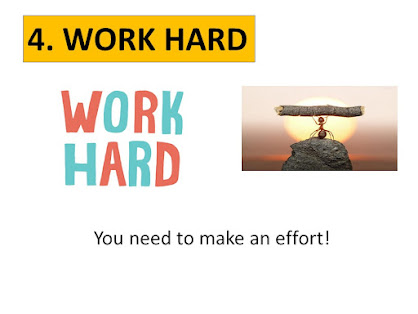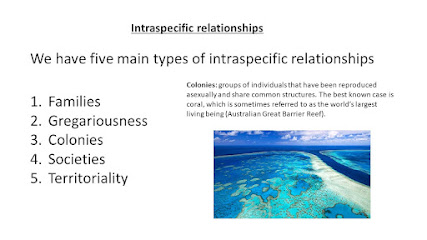An ecosystem is a community of interacting organisms and their environment. Living things interact with each other and also with non-living things like soil, water and air. Ecosystems often contain many living things and can be as small as your backyard or as large as the ocean.
 |
| What ecosystem is this? |






































